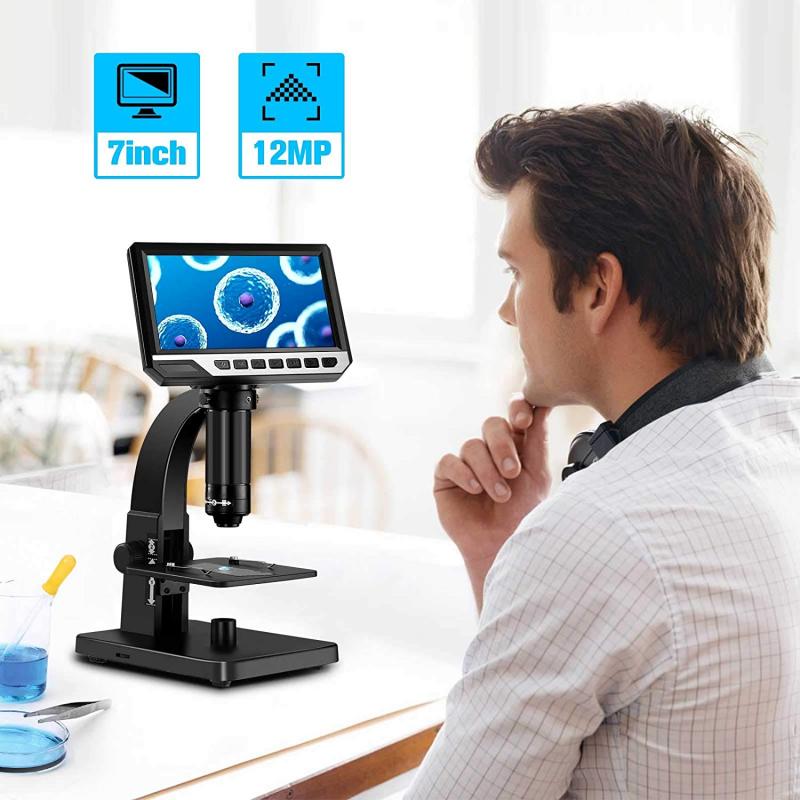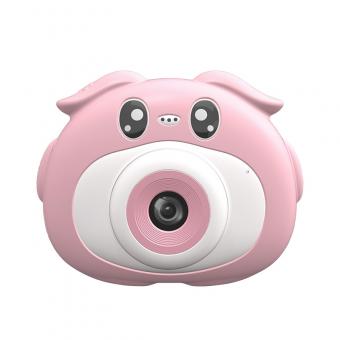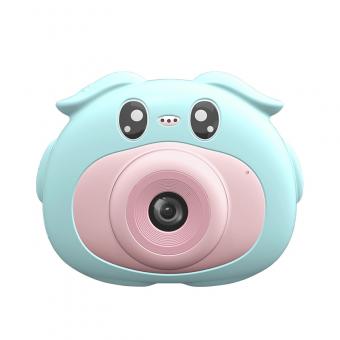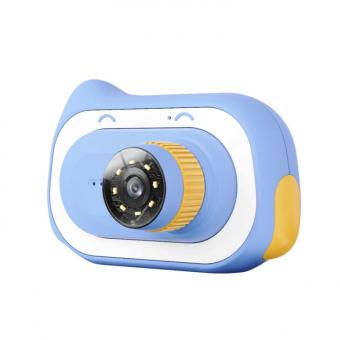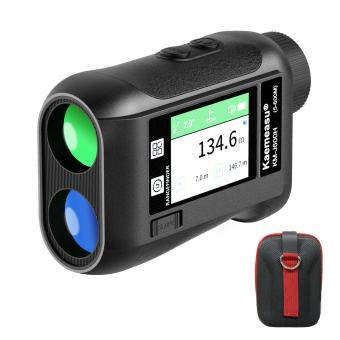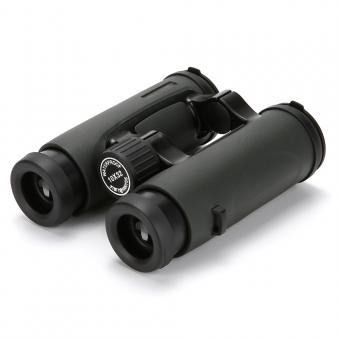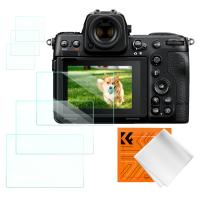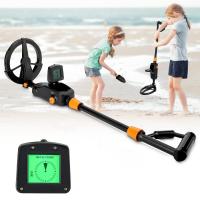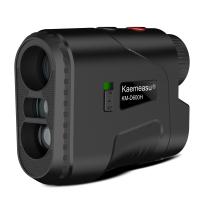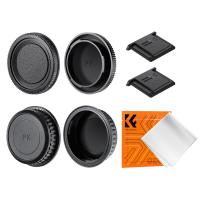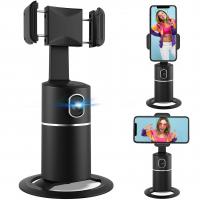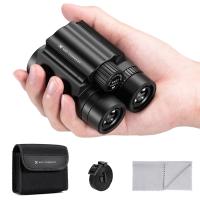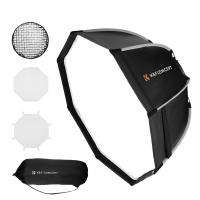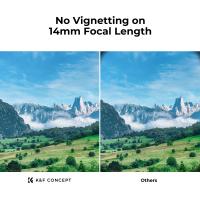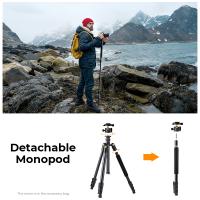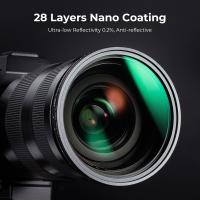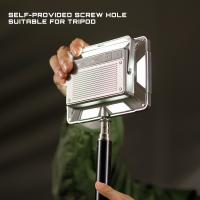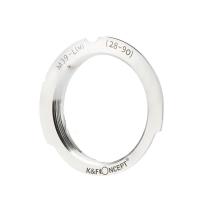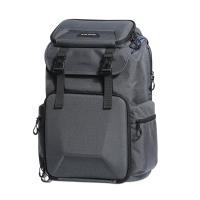What Is Good Magnification For Binoculars ?
The ideal magnification for binoculars depends on the intended use and personal preference. For general purposes such as birdwatching or wildlife observation, a magnification of 8x or 10x is commonly recommended. These magnifications provide a good balance between image stability and field of view. Higher magnifications, such as 12x or 15x, can offer more detailed views but may be more challenging to hold steady and have a narrower field of view. It is important to consider factors like hand stability, intended distance of observation, and the weight and size of the binoculars when choosing the appropriate magnification.
1、 Optical Magnification: The power of magnification provided by the binoculars.
What is a good magnification for binoculars? The answer to this question depends on the intended use of the binoculars and personal preferences. Optical magnification refers to the power of magnification provided by the binoculars. It is typically represented by a number followed by an "x" (e.g., 8x, 10x, 12x). This number indicates how many times closer the viewed object will appear compared to the naked eye.
For general purposes such as birdwatching, wildlife observation, or sporting events, a magnification of 8x or 10x is commonly recommended. These magnifications strike a balance between providing a closer view and maintaining a wide field of view, allowing for easier tracking of moving objects. Higher magnifications, such as 12x or 16x, can provide more detailed views but may result in a narrower field of view and reduced stability due to increased image shake.
It is important to note that higher magnification does not always equate to better binoculars. Other factors, such as the quality of the optics, lens coatings, and stability, also play a significant role in determining the overall performance of binoculars. Therefore, it is crucial to consider these factors in conjunction with the magnification when choosing binoculars.
In recent years, there has been a growing trend towards higher magnification binoculars, with some models offering magnifications of 20x or even higher. These binoculars can provide incredibly detailed views, especially for long-distance observations. However, they also come with drawbacks such as reduced field of view, increased image shake, and the need for additional stabilization mechanisms like tripods.
Ultimately, the choice of magnification for binoculars should be based on the specific needs and preferences of the user. It is recommended to try out different magnifications and consider factors like intended use, comfort, and stability before making a purchase.
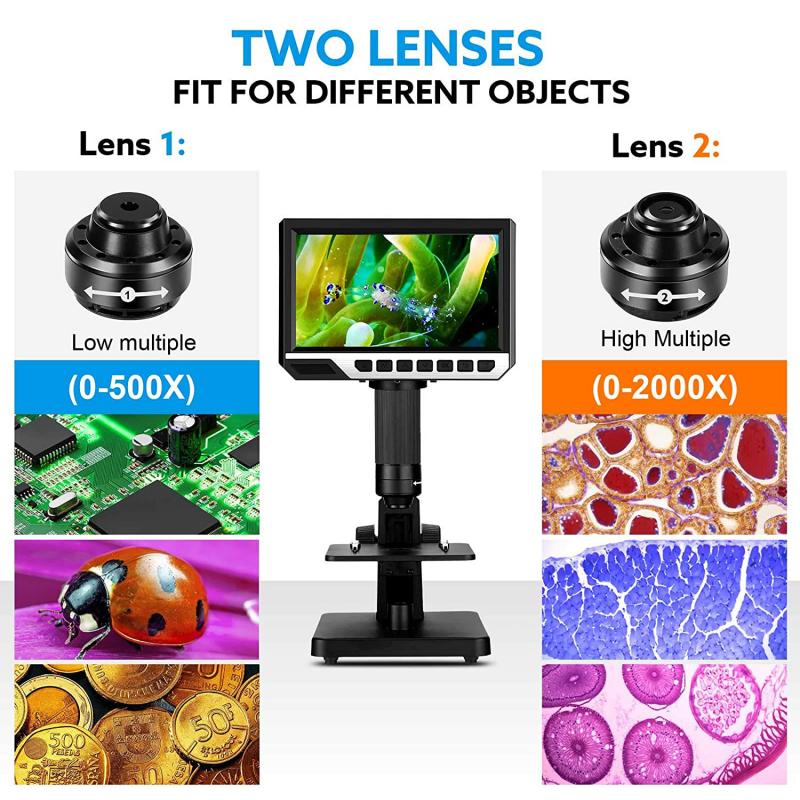
2、 Effective Magnification: The perceived magnification when considering other factors.
What is a good magnification for binoculars? The answer to this question depends on various factors and personal preferences. Magnification refers to how much larger an object appears when viewed through binoculars compared to the naked eye. While higher magnification may seem desirable, it is not always the best choice.
Effective magnification takes into account other factors such as the size of the objective lens, which affects the amount of light entering the binoculars. A larger objective lens allows more light to enter, resulting in a brighter image. However, higher magnification often reduces the amount of light reaching the eyes, making the image appear dimmer. Therefore, a balance between magnification and objective lens size is crucial for optimal performance.
For general use, a magnification of 8x to 10x is considered ideal. This range provides a good balance between magnification and image stability. Higher magnifications, such as 12x or 16x, can be challenging to hold steady without the aid of a tripod or image stabilization technology. Additionally, higher magnification can also narrow the field of view, making it harder to locate and track objects.
It is important to note that the latest point of view suggests that the choice of magnification depends on the intended use of the binoculars. For birdwatching or wildlife observation, a magnification of 8x to 10x is still recommended to provide a close-up view without sacrificing image stability. However, for astronomy or long-distance viewing, higher magnifications may be preferred to bring distant objects closer.
Ultimately, the best magnification for binoculars is subjective and depends on individual preferences and specific use cases. It is recommended to try out different magnifications and consider factors such as image stability, field of view, and light transmission before making a decision.
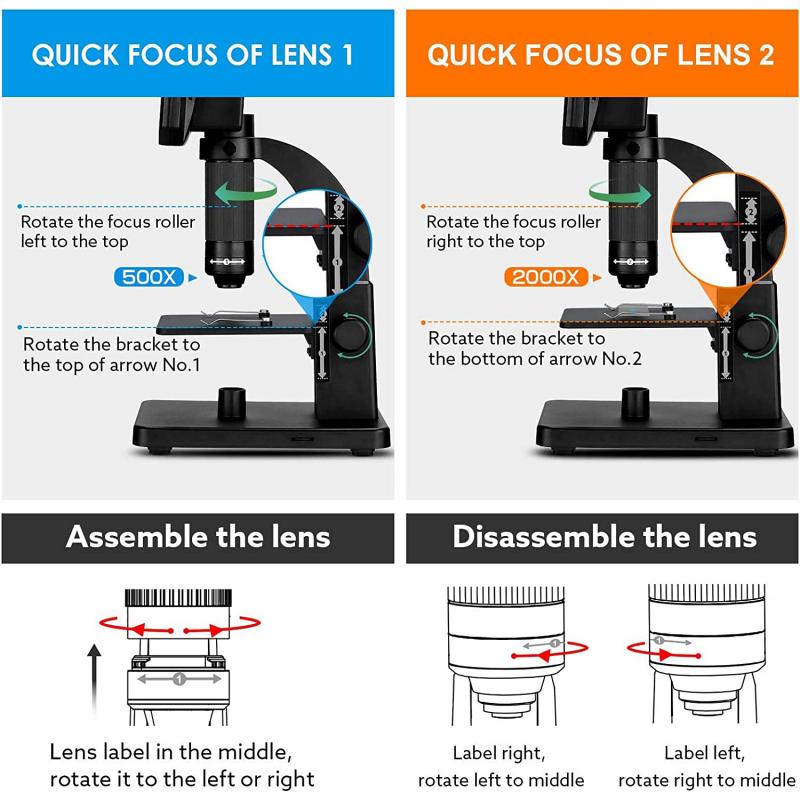
3、 Objective Lens Diameter: The size of the front lenses affecting brightness and clarity.
What is a good magnification for binoculars? The answer to this question depends on the intended use of the binoculars and personal preferences. However, one important factor to consider is the objective lens diameter, as it directly affects the brightness and clarity of the image.
The objective lens diameter refers to the size of the front lenses of the binoculars. A larger objective lens diameter allows more light to enter the binoculars, resulting in a brighter and clearer image. Generally, a larger objective lens diameter is preferred for low-light conditions, such as birdwatching at dawn or dusk, stargazing, or observing wildlife in dense forests.
On the other hand, if portability and weight are important factors, a smaller objective lens diameter may be more suitable. Binoculars with a smaller objective lens diameter are typically more compact and lightweight, making them easier to carry around for activities like hiking or traveling.
In terms of magnification, a common range for binoculars is 8x to 10x. This means that the object being observed appears 8 to 10 times closer than it would to the naked eye. Higher magnification, such as 12x or 16x, can provide a more detailed view of distant objects but may also result in a narrower field of view and a shakier image due to hand movements.
It is important to note that higher magnification does not necessarily mean better binoculars. Factors such as lens quality, prism type, and image stabilization technology also play a significant role in determining the overall performance and image quality.
In conclusion, a good magnification for binoculars depends on the intended use and personal preferences. However, it is important to consider the objective lens diameter as it directly affects the brightness and clarity of the image. A larger objective lens diameter is generally preferred for low-light conditions, while a smaller diameter may be more suitable for portability. Ultimately, finding the right balance between magnification and objective lens diameter is key to choosing the best binoculars for your needs.
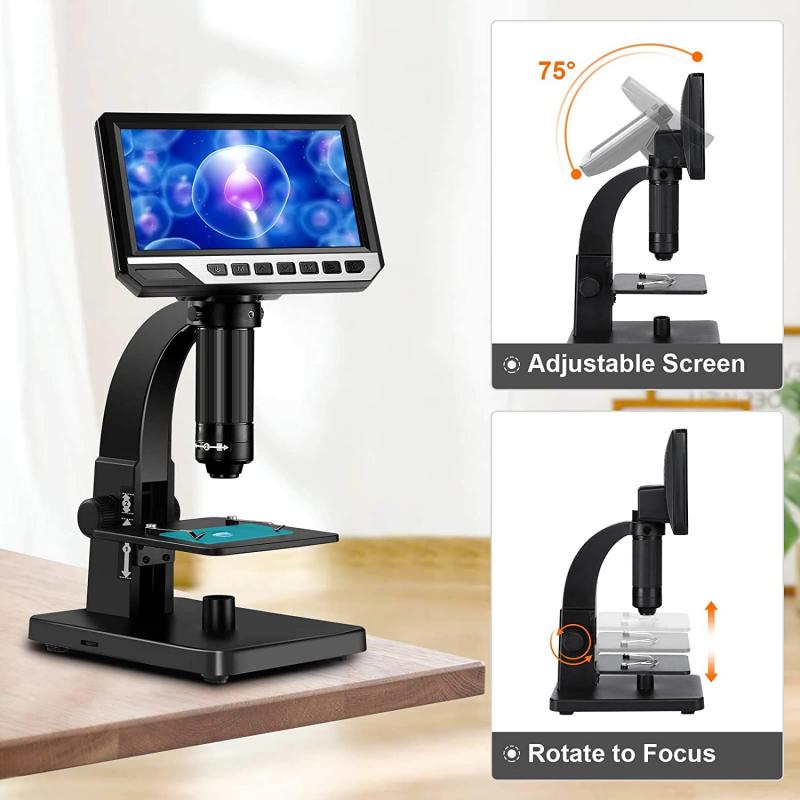
4、 Exit Pupil: The diameter of the light beam exiting the eyepiece.
What is good magnification for binoculars? The answer to this question depends on various factors, including the intended use of the binoculars and personal preferences. However, one important consideration when choosing binoculars is the exit pupil.
Exit pupil refers to the diameter of the light beam that exits the eyepiece of the binoculars. It is calculated by dividing the objective lens diameter by the magnification. For example, if you have 8x42 binoculars, the exit pupil would be 5.25mm (42 divided by 8).
The size of the exit pupil is significant because it determines the amount of light that enters your eyes. A larger exit pupil allows more light to enter, resulting in a brighter image, especially in low-light conditions. This can be particularly important for activities such as stargazing or birdwatching at dawn or dusk.
In general, a good rule of thumb is to choose binoculars with an exit pupil that matches the size of your own pupil. The average pupil size for adults ranges from 2mm to 7mm, depending on the lighting conditions. Therefore, binoculars with an exit pupil between 2mm and 7mm would be suitable for most people.
However, it's worth noting that as we age, our pupils tend to become smaller and less responsive to changes in light. Therefore, older individuals may benefit from binoculars with larger exit pupils to ensure a brighter image.
It's also important to consider that higher magnification binoculars tend to have smaller exit pupils. This means that while they may provide a closer view of distant objects, they may not be as effective in low-light conditions. On the other hand, lower magnification binoculars with larger exit pupils can provide a brighter image but may not offer as much detail for distant objects.
Ultimately, the choice of magnification for binoculars depends on your specific needs and preferences. It's recommended to try out different binoculars and consider factors such as the intended use, lighting conditions, and personal comfort to determine the best magnification for you.
